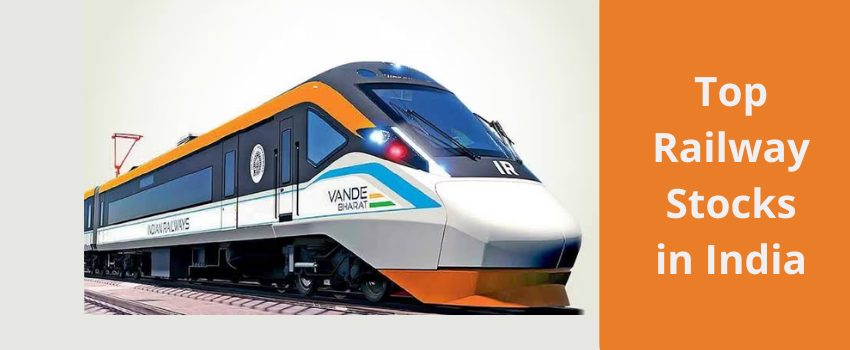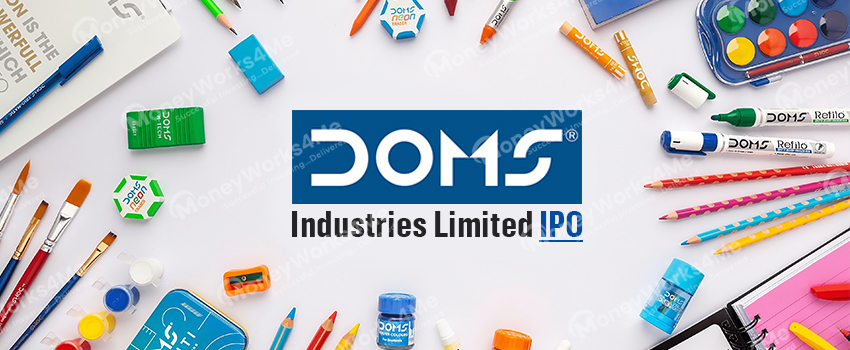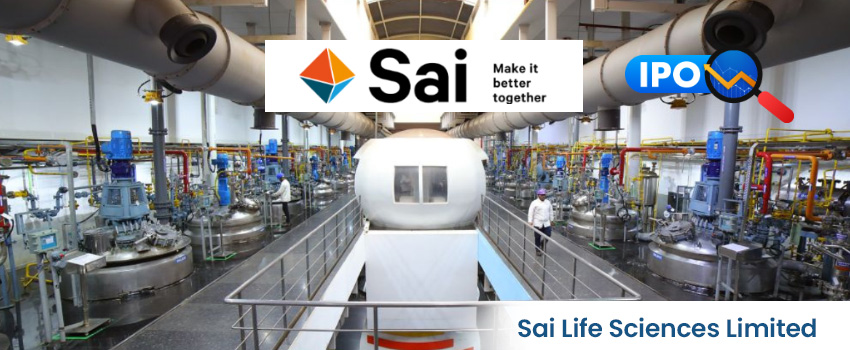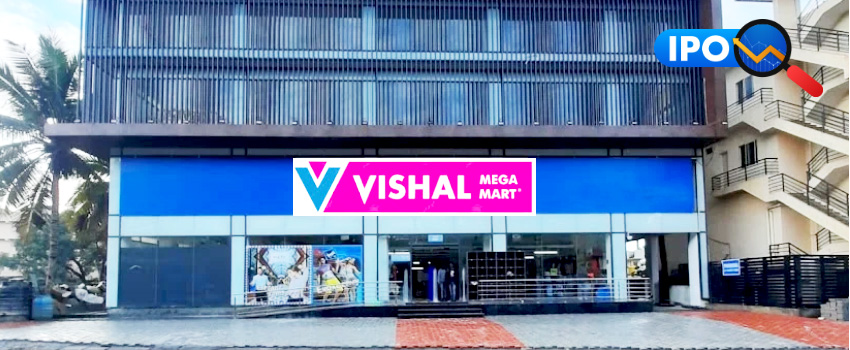Stocks - Q : Quality | V : Valuation | PT : Price Trend
Funds - P : Performance | Q : Quality
Funds - P : Performance | Q : Quality
Jan 16,2025
6 min read

Dec 19,2024
10 min read

Dec 03,2024
6 min read

Apr 26,2025
2 min read

Feb 03,2025
5 min read

Jan 27,2025
6 min read

Jan 21,2025
3 min read

Jan 16,2025
6 min read

Jan 08,2025
5 min read

Jan 08,2025
5 min read

Jan 06,2025
4 min read

Jan 03,2025
4 min read

Dec 19,2024
10 min read

Feb 07,2024
7 min read

Dec 19,2024
10 min read

Sep 12,2023
5 min read

Sep 21,2021
4 min read

Dec 12,2023
4 min read

Aug 11,2023
5 min read

Dec 26,2019
10 min read

Dec 28,2010
4 min read

May 12,2023
3 min read

Mar 14,2022
10 min read

Jan 27,2025
6 min read

Dec 18,2024
6 min read

Dec 11,2024
5 min read

Dec 10,2024
6 min read

Nov 29,2024
6 min read

Nov 19,2024
6 min read

Oct 30,2024
10 min read

May 28,2024
2 min read

Feb 29,2024
3 min read

Feb 29,2024
2 min read

Oct 26,2023
5 min read
Jun 06,2013
4 min read

May 31,2013
3 min read
Find the content & information you need. Browse a wide range of content area below.